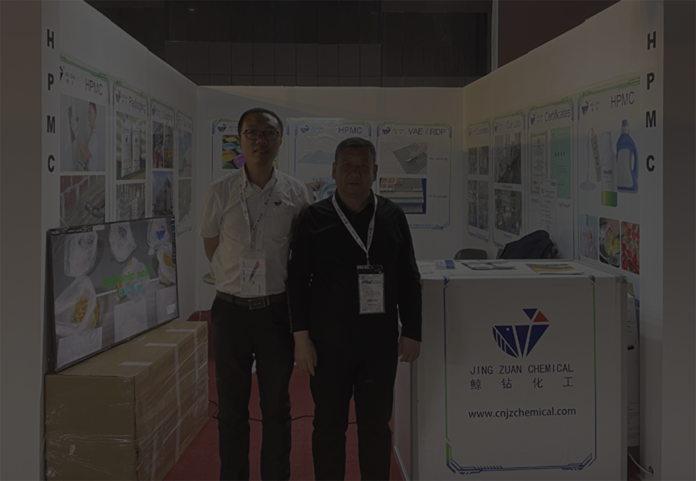
ต.ค. . 17, 2024 09:05 Back to list
hydroxypropyl methyl cellulose solubility
Understanding Hydroxypropyl Methyl Cellulose (HPMC) Solubility Properties and Applications
Hydroxypropyl methyl cellulose (HPMC) is a versatile, plant-derived polymer widely used in various industrial and pharmaceutical applications. Its unique properties, particularly its solubility in water, make it an invaluable component in formulations ranging from food and cosmetics to pharmaceuticals and construction materials. This article delves into the solubility characteristics of HPMC, factors influencing these properties, and its applications across different fields.
Properties of HPMC
HPMC is a modified cellulose derivative, which combines hydroxypropyl and methyl groups. These modifications enhance its solubility in water and give it a variety of useful properties such as thickening, film-forming, and gelling. HPMC is available in different viscosity grades and degrees of substitution, which influence its solubility and performance in various applications.
One of the defining features of HPMC is its ability to dissolve in cold water, forming a clear, viscous solution. This property stands in contrast to some other cellulose derivatives that require heat to dissolve, making HPMC particularly user-friendly in formulations. Its solubility in water is crucial for its effectiveness as a thickener and stabilizer in many applications.
Factors Influencing Solubility
Several factors affect the solubility of HPMC, including the degree of substitution, molecular weight, temperature, and pH of the solution. The degree of substitution refers to the number of hydroxyl groups in the cellulose molecule that have been replaced by hydroxypropyl and methyl groups. A higher degree of substitution typically leads to improved solubility in water.
Molecular weight is another important factor. Lower molecular weight HPMC tends to dissolve more readily in water compared to higher molecular weight variants. Temperature also plays a critical role; while HPMC is soluble in cold water, increasing temperatures can enhance the dissolution process, although high temperatures may also lead to a loss of viscosity in some grades.
hydroxypropyl methyl cellulose solubility

The pH of the surrounding environment can affect solubility as well. HPMC is relatively stable across a wide pH range, but extreme conditions can potentially alter its solubility characteristics. Formulators must consider these factors to ensure optimal performance when integrating HPMC into their products.
Applications of HPMC
The solubility of HPMC opens the door to a multitude of applications. In the pharmaceutical industry, HPMC is extensively used as a binder, coating agent, and stabilizer in tablet formulations. Its solubility allows for controlled release applications, where HPMC can help modulate the release of active pharmaceutical ingredients (APIs) in the gastrointestinal tract.
In the food industry, HPMC serves as a fat replacer, thickener, and emulsifier. Its ability to form stable gels and emulsions makes it a popular choice for low-fat products, providing a desirable texture without compromising flavor. Additionally, HPMC is commonly used in gluten-free baking, acting as a structural component that enhances texture and moisture retention.
The construction industry also benefits from HPMC, where it is employed as a thickener and water retention aid in cement and mortar formulations. Its solubility aids in creating smooth, workable pastes while ensuring that the building materials retain moisture, which is critical for proper curing.
Conclusion
In summary, hydroxypropyl methyl cellulose (HPMC) is a multifunctional polymer with significant solubility properties, making it indispensable across various industries. Understanding the factors that influence its solubility is key to optimizing its use in formulations. Whether in pharmaceuticals, food products, or construction materials, HPMC continues to play a crucial role in enhancing product performance, quality, and consumer satisfaction. As research progresses, the potential applications of HPMC are likely to expand, reinforcing its position as a valuable ingredient in modern formulations.
-
tile-bonding-additives-for-stronger-bonds
NewsAug.22,2025
-
construction-grade-rdp-for-wholesale-needs
NewsAug.22,2025
-
trusted-wholesale-hec-partners
NewsAug.22,2025
-
hec-solutions-for-industrial-excellence
NewsAug.22,2025
-
construction-additives-need-hpmc-essentials
NewsAug.22,2025
-
hpmc-versatile-cellulose-ether-for-industries
NewsAug.22,2025







